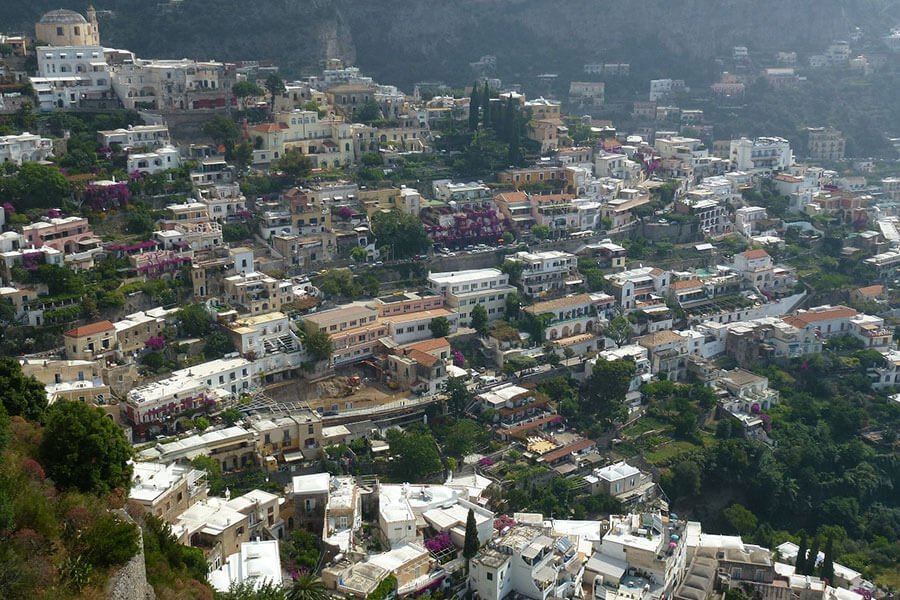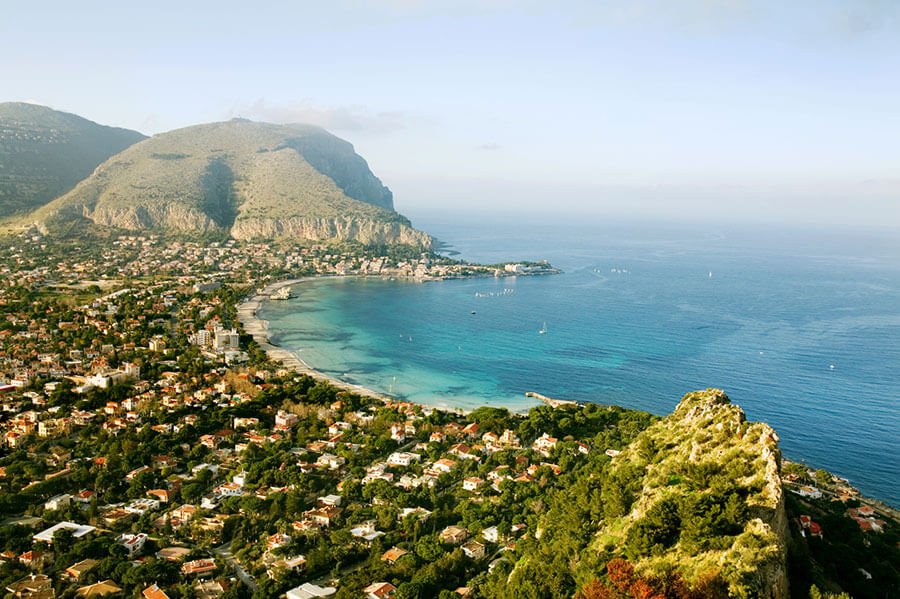Sicily and the Aeolian Islands
SICILY: TIPS FOR EXPLORING THIS AMAZING ISLAND
Sicily is the largest island in the Mediterranean Sea, shaped like a triangular soccer ball on the toe of Italy’s boot and the closest island to the North African coastline. Its centralized geographical location has been good news and bad news over the years; it made Sicily the target of invasions, occupations, and colonization for over 10,000 years. The original tribes were thought to have emigrated from the Iberian Peninsula about 8000 BC. The Greeks began to live in Sicily about 1000 to 750 BC establishing a major settlement at Syracuse and introducing grape vines and olives – some varieties of which are still in use today.
Sicily subsequently became part of the Roman Empire, after which it was invaded by the Vandals and the Goths from Northern Germany, subsequently it was invaded by the Byzantine Empire, the Arabs from North Africa, AND even the Normans (from France), the Spanish (again) and finally became a region of Italy under the reunification in 1861.
Bottom line: having successfully absorbed governance and cultural influence from East, West, North and South. The incredible blend of cultures that is today’s Sicily makes it one of the most interesting destinations in the Mediterranean. Well worth a week or so of intense exploration. Sicilians, today, are a very welcoming people – most speak Italian but in the hinterlands you will hear mostly the commonly used “dialetto stretto” or the pure Sicilian dialect which has garnered loanwords from at least 12 different European languages. Learning the Sicilian dialect? Don’t even think about it.
PLACES TO VISIT AND THINGS TO DO ON CHARTER
The Aeolian Islands – home to three active volcanos, Stromboli, Vulcano and Lipari, and the chain of rocky islands just off Sicily’s north east coast (like a pan-handle). They are a GREAT to stop-over on your sail down to Sicily if you’re coming from the Amalfi Coast or Civitavecchia. It’s about 140 N Miles from Amalfi to the Aeolian.
Taormina, Syracuse and the Mount Etna volcano. On the Eastern shores of Sicily these two port cities and the volcano offer both Greek and Roman structures and of course the Etna National Park and Forest reserve. Definitely a must-see.
Trapani, Marsala and the three Egadi islands (Favignana, Levanzo and Marettimo) on the west coast of Sicily. Home to some of the great wines of Sicily especially the world renowned sweet and fortified Marsala wine.
Not a bad idea to quickly bypass the main population centers of Palermo, Catania and Messina. You can find big cities anywhere. The real Sicily is found in the smaller ports and the interior of the island.
ACCESSING SICILY
Fly in to Palermo or Catania from most European airports. Of course there’s a higher flight frequency from Italian cities like Milan, Rome or Naples. Pick up your charter yacht in the port of Palermo or Catania.
As part of a longer itinerary, if you have started your charter in Naples or the Amalfi or even Civitavecchia, it’s only 140 N Miles to the Aeolian Islands so if you’re on a motor yacht, that’s about 10 hours and can be done overnight. So if you board in Naples you can be in next to the volcano in Stromboli by the next morning.
FOR FOODIES ONLY – THE ULTIMATE GUIDE ON WHAT TO EAT IN SICILY
The incredible mix of cultures in Sicily and the intrinsic fertility of the soil and a mild climate makes for an abundance of fresh ingredients that result in delicious healthy food and an incredible variety of dishes. Think seafood, oranges (especially “blood” oranges), artichokes, eggplant, pasta (of course), lamb and don’t forget the cannoli. Highlights:
- Caponata, a tasty salad made with eggplant (aubergines), olives, capers and celery, makes a great appetizer. There is also an artichoke-based version of this traditional dish.
- Arancine are fried rice balls stuffed with meat or cheese, a street vendor specialty.
- Vitello alla marsala (veal marsala), one of many regional meat specialties. Chicken “alla marsala” can be prepared using a similar recipe and method.
- Panella is a thin paste made of crushed or powdered ceci (garbanzo) beans and served fried.
- Couscous alla trapanese is the fish-and-seafood couscous for which Trapani is famous.
- Sicilian Frittata: popular Sicilian recipes call for wild asparagus or Sicilian artichokes or with pizziaola sausage or wild fennel, to which chopped ham salami added into the egg (omelette) mix.
- Canolli: don’t forget this delicious Sicilian dessert that many people, (including myself) generally associate with New York…!
THE FINE WINES OF SICILY
Vines and the art of winemaking were introduced to Sicily by the Greeks roughly 3000 years ago. The world famous Marsala fortified wine (20% alcohol) is from the Marsala area in western Sicily. Other lesser known varieties are Zibbibo and Primitivo, the latter being the grandfather of America’s popular Zinfandel varietal. The sweet white (or amber) Moscato and the popular heavy red wine variety Nero d’Avola both have origins steeped in the history of the island.
Popular wineries are:
- Duca Enrico by Duca di Salaparuta
- Torre dei Venti by Fazio
- Cusumano
- De Bartoli
- Donnafugata
- Cusurullo
More Italy Islands

Amalfi Coast
One of the most romantic destinations on the planet has to be Italy’s Amalfi coast. This is the heart and soul of Italy. Inextricably Italian, unbelievably beautiful and a place to enjoy the finest wines and flavors of Italian cuisine.

Italian Riviera
While the French Riviera is commonly known and very popular, Italy’s Liguria Coast is the OTHER RIVIERA where we will spend our days exploring the coastline and delightful towns frequented by the rich and famous.

Portofino & Cinque Terre
Italy’s Liguria Coast, also known as the Italian Riviera, all the way from San Remo, passing through Savona, Genoa, Portofino, Sta. Margherita Ligure, the Cinque Terre and La Spezia represent a very special area in Northern Italy.

Sicily & Aeolian Islands
To those of you who visualize a country of sun-baked rock dotted with dazzling whitewashed houses, the Ionian comes as a gentle surprise. This is not the Greece of the popular travel brochure but a shaded green country, sheltering…
